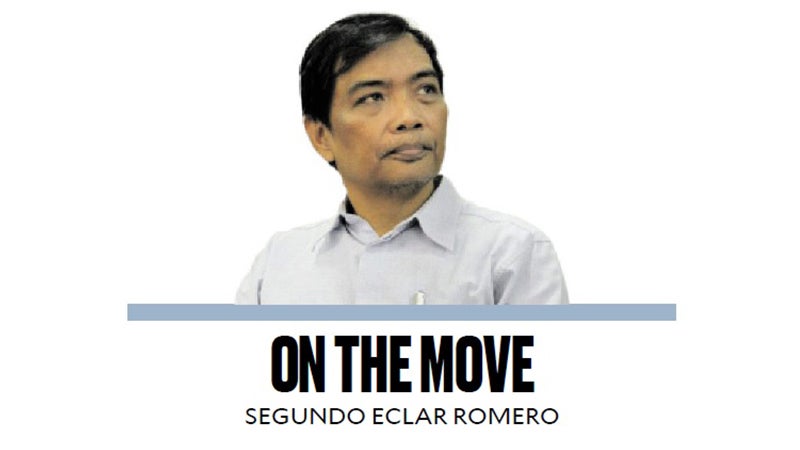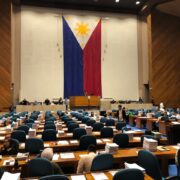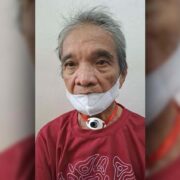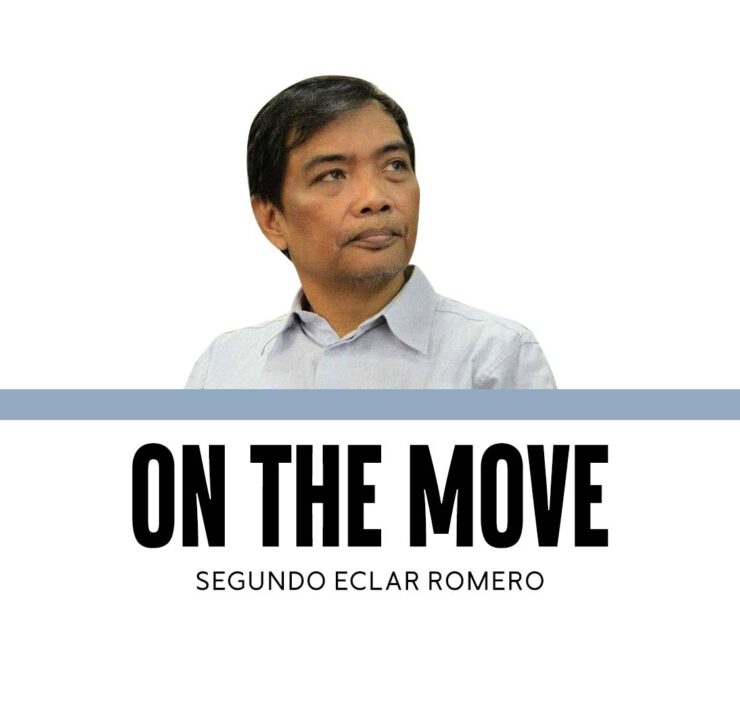Kerosene memories

Over the weekend, as I struggled to remove the stubborn stump of a long-dead pomelo tree in our garden, I found myself turning to an old, almost forgotten ally—kerosene. As the flames flickered and the sharp, pungent smell filled the air, I was transported back to a time when kerosene was an essential part of daily life, particularly in rural areas. For my generation, especially those who grew up outside the urban centers, kerosene was more than just fuel—it was survival.
Growing up in Tarlac, we had electricity in town, but as late as the 1960s, the barrios where my parents came from—Tibag and Singat in Pura—remained in darkness at night and relied solely on kerosene lamps. I dreaded visits to those places as a child not just because of the eerie silence of the countryside but because of the inconvenience of living without electricity.
Later, during my first job as an interviewer for the Fund for Assistance for Private Education (Fape), I traveled across the country conducting a baseline study on graduates of education courses. My work initially took me to the western towns of Tarlac, but soon, due to a shortage of willing surveyors, at age 20, I was assigned as coordinator for the whole of Samar Island. That assignment gave me my first airplane ride to Calbayog, a few months after the turbulence of the First Quarter Storm at the University of the Philippines.
It was during those travels that I truly understood the connection between kerosene and poverty. The presence—or absence—of electricity became a clear marker of socioeconomic disparity. In more developed areas, electric bulbs illuminated homes and streets, while in less privileged communities, the dim glow of kerosene lamps signified hardship. And yet, despite the struggles, there was something strangely comforting about those nights by the sea, with nothing but the sound of waves and the soft, flickering light of a kerosene lamp to push back the darkness.
For rural and poor families, kerosene was indispensable. It fueled their lamps, powered their stoves, and was as crucial to daily life as rice. Younger generations today have little to no memory of kerosene. They don’t recognize its strong scent, its clear yet slightly oily texture, or the routine of buying a soft drink bottle’s worth from the neighborhood sari-sari store.
The simplest form of kerosene lighting required only a bottle and a cotton wick, but it was far from ideal. The black smoke stained ceilings with soot, and the smell clung to everything. But if kerosene lamps and stoves were essential for daily survival, the Petromax—a pressurized kerosene lantern—was the heart of social life in rural communities. The Petromax, much like “Colgate” for toothpaste or “Frigidaire” for refrigerators, became the generic term for all such lamps. These bright, hissing lanterns transformed basketball courts into lively dance halls during fiestas, graduations, and town celebrations. Their fragile filaments, capable of producing an astonishingly bright light, were a marvel—easily crumbling into ashes if touched, yet replaceable with ease.
Even today, in some parts of Metro Manila, street vendors still rely on Petromax to light up their stalls, selling popcorn, peanuts, balut, siopao, and the newer street food favorites like “kwek-kwek” and “adidas.” But for most of us, kerosene has become a relic of the past.
Looking back, I realize that the presence of electricity—or the lack of it—had profound consequences, particularly on education. One of the most striking images in recent years is that of a young pupil studying under the harsh glow of a streetlight, a scene that serves as a stark reminder of the persistent divide between urban and rural life. It is easy to romanticize the kerosene era, to speak of it with nostalgia, but for many communities, this is not a memory—it is still their reality.
For children in island barangays and remote municipalities, kerosene is not just an echo of the past but a daily struggle. While urban students worry about internet access, laptops, and tablets, their rural counterparts are still reading by dim, flickering flames, rationing kerosene so it lasts through the week. The world has moved forward, but they remain in the shadows, waiting for the light.
As I watched the last embers of my burning tree stump fade into the night, I couldn’t help but reflect on how far we’ve come—and how much further we still have to go.
—————-
doyromero@gmail.com


















